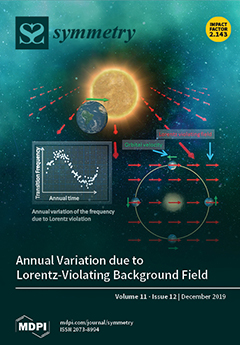Let
G be a simple undirected graph containing
n vertices. Assume
G is connected. Let
be the distance matrix,
be the distance Laplacian,
be the distance signless Laplacian, and
[...] Read more.
Let
G be a simple undirected graph containing
n vertices. Assume
G is connected. Let
be the distance matrix,
be the distance Laplacian,
be the distance signless Laplacian, and
be the diagonal matrix of the vertex transmissions, respectively. Furthermore, we denote by
the generalized distance matrix, i.e.,
, where
. In this paper, we establish some new sharp bounds for the generalized distance spectral radius of
G, making use of some graph parameters like the order
n, the diameter, the minimum degree, the second minimum degree, the transmission degree, the second transmission degree and the parameter
, improving some bounds recently given in the literature. We also characterize the extremal graphs attaining these bounds. As an special cases of our results, we will be able to cover some of the bounds recently given in the literature for the case of distance matrix and distance signless Laplacian matrix. We also obtain new bounds for the
k-th generalized distance eigenvalue.
Full article





